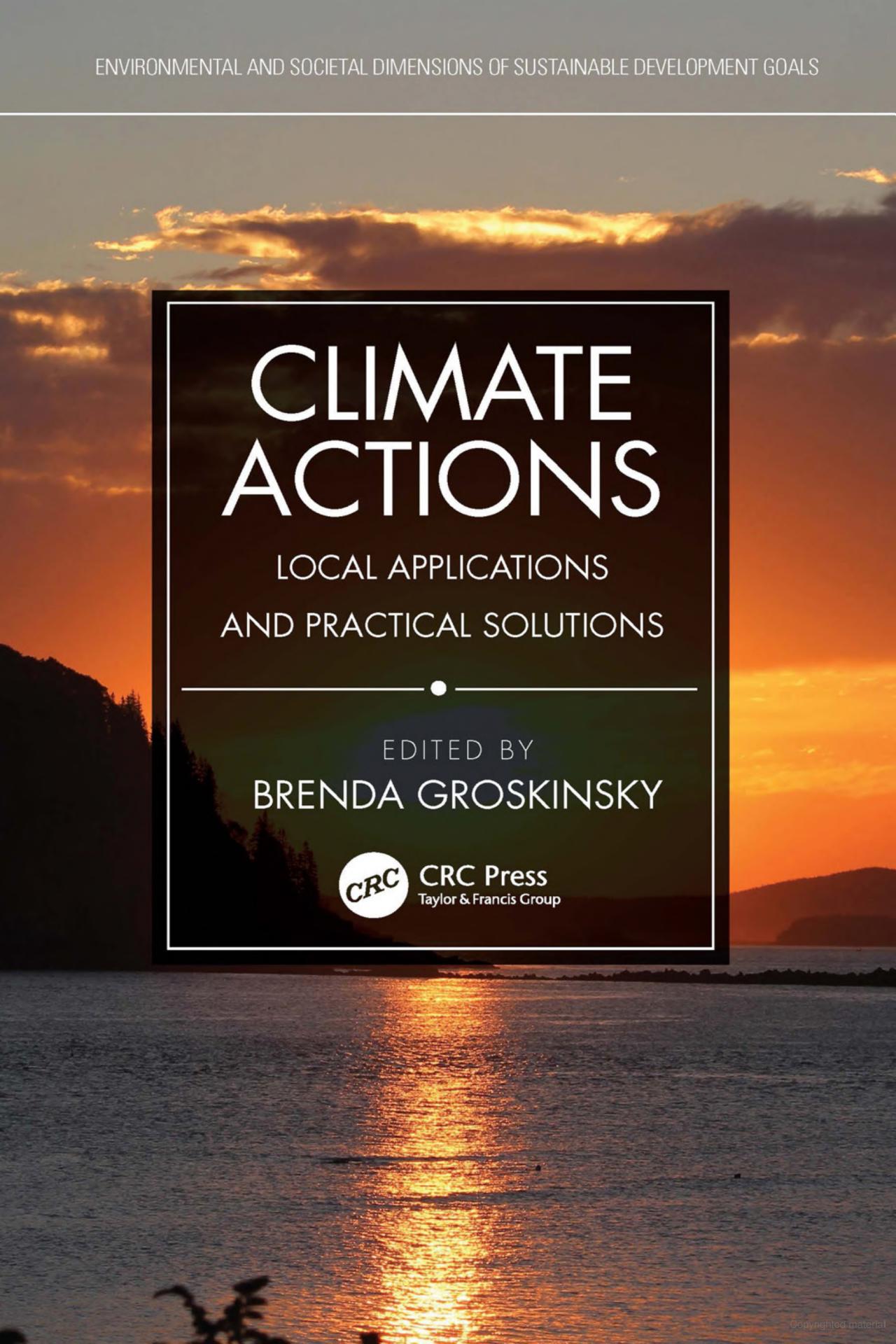
Climate Actions, a book by Brenda Groskinsky, discusses local applications and practical solutions to climate change. The 228 paged book was published this year with an eBook version released in mid March. There are 8 chapters, each focusing on how climate change is affecting our world and the various approaches that can be used to combat this issue.
The director of the Iowa Water Center, Richard M. Cruse, authored chapter 2 of the book alongside Enheng Wang, Chunmei Wang, Fernando García-Préchac, Panos Panagos, Baoyuan Liu, Emily Heaton, and Dennis Todey. Chapter 2 is titled “Agricultural Adaptation to Climate Change,” and it focuses on limiting degradation of soil and water resources. The chapter is 28 pages long.
The abstract for chapter 2:
Climate change is associated with elevated temperatures, more intense rainfalls and longer and hotter droughts. These changes add stress to soil and water resources, which form the foundation for a productive resilient agriculture. Crop management practices often stress soil and water resources leading to loss of soil organic carbon, increased soil erosion and degraded water quality. However, selected management systems can improve soil and water quality or limit their degradation, even in light of anticipated climate change stressors. This chapter identifies approaches to increase the adoption of recognized favorable practices in different countries or regions. Three primary approaches seem to exist: (1) incentive-based with no or minor regulatory component; (2) regulatory-dominated with government exercising authority over producer practice options; and (3) long-term planning addressing spatial and temporal land management elements and adoption of those plans with a combination of government support and regulatory authority.
The abstract for the book as a whole:
This book offers a diverse set of solid concerted strategies in the development and implementation of specific “climate actions,” in natural and built places where we all live. The book also serves as a conduit of knowledge for those who are unsure on how they can make a difference for their families, their communities, and the natural places that surround them. Through many actionable examples of mitigation efforts for the ever-present effects of climate change, especially for those who may not understand the wide range of climate action opportunities that are available. Scientists, academics, and community leaders, will find concrete examples on how they too, can develop and implement climate action solutions.
Click here for more information on the book.